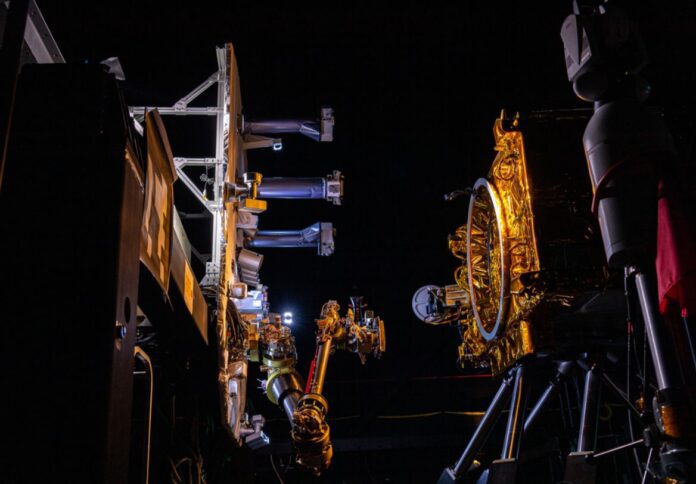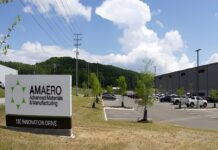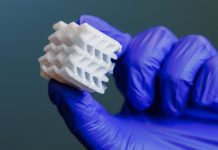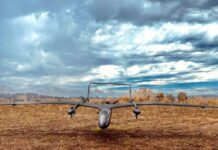
NASA has formed a consortium to make in-space servicing, assembly, and manufacturing (ISAM) capabilities a routine part of space architectures and mission lifecycles.
The Consortium for Space Mobility and ISAM Capabilities (COSMIC) intends to facilitate coordination and collaboration among government, industry, and academia to pursue common goals in ISAM capability development.
In a press release, NASA said ISAM will create new mission paradigms and extend the life of spacecraft. Servicing initiatives include spacecraft repair, refuelling, relocation, and retrofitting.
Meanwhile, assembly and manufacturing include 3D printing and assembling components in space.
NASA appointed The Aerospace Corporation in February 2023 to operate the group.
A kickoff meeting is slated to be held in the fall.
“We’re looking to foster a nationwide alliance across government, industry, nonprofit research institutions, and academia to ensure the United States is the global leader in ISAM,” said Jim Reuter, associated administrator for Space Technology Mission Directorate (STMD) at NASA Headquarters in Washington.
The consortium is built upon technology maturation and demonstration efforts across sectors, including NASA’s On-Orbit Servicing, Assembly, and Manufacturing missions, the joint Defense Aerospace Projects Research Agency, and SpaceLogistics effort Robotic Servicing of Geostationary Satellites/Mission Robotic Vehicle, SpaceLogistics’ Mission Extension Vehicle and other related efforts.
“NASA, government agencies, and industry have invested in robotic ISAM technologies for decades,” said STMD’s Technology Demonstrations Director Trudy Cortes.
“Still, it is rare for modern satellites to be designed and built with things like grappling, refuelling, and other robotic repairs in mind. We want to change that,” Cortes added.
Organisations interested in joining COSMIC can sign up for advance notice of future meetings on the consortium’s website at: cosmicspace.org.



















